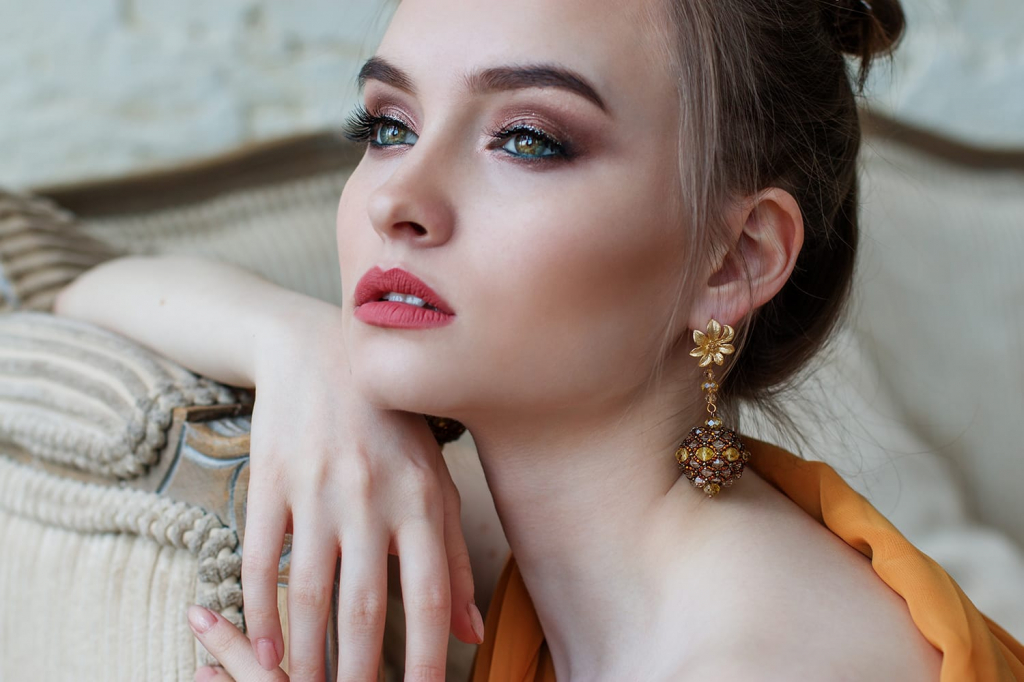so-called team
What is ISO and how to configure it
 The ISO value is one of the most important settings when shooting, along with such values as shutter speed, aperture, and white balance. ISO is also often referred to as ISO sensitivity, ISO level, or simply the photosensitivity of a matrix or film.
The ISO value is one of the most important settings when shooting, along with such values as shutter speed, aperture, and white balance. ISO is also often referred to as ISO sensitivity, ISO level, or simply the photosensitivity of a matrix or film.
Still, what is ISO in the settings of the camera?
ISO is a parameter indicating the level of sensitivity to light of its light-picking element (matrix or film). Basically indicate the limits of ISO for cameras (cameras). Although, the same parameter can be found not only on the camera, but, for example, on the flash. For a flash, a guide number is usually indicated when using one of the ISO values of 100, or 200. ISO sensitivity is indicated in special units of the ISO system. The ISO numeric expression itself can accept any integer expression from 1 to infinity. For example, on my SB-900, you can set the ISO from 1 (unit) to 12,500, and on my Nikon D40 you can set the ISO value from 200 to 1,600. Continue reading
What is a diaphragm?
 Aperture is easy. In a nutshell, the diaphragm is a device in the lens that measures the amount of light.
Aperture is easy. In a nutshell, the diaphragm is a device in the lens that measures the amount of light.
Nikon Nikkor 105mm 1: 1.8 (AI-S) aperture blades on ZK
Aperture device in the Nikon Nikkor 105mm 1: 1.8 (AI-S) lens
For a better understanding of the operation of such a device, I will give an example from life. When people look at the sun, they squint their eyes, that is, they reduce the gap through which light passes. If people had not squinted, the sun would have burned the retina of their eyes with their strong light. At night, you need to do the opposite – open your eyes wider to capture more light, while the pupils also expand. Eyes with large pupils have many animals that need to see well at night.
Often the aperture is also called ‘aperture’ or ‘aperture’ or ‘relative aperture’ or ‘number F‘. These concepts are strongly interconnected and for many photographers are synonymous. But among them there are small differences described below. Continue reading
What is exposure
 Shutter speed is the time that the camera captures the image. When photographing, light is read using the camera’s matrix or using a film. When we do not take a picture, the film or matrix is closed by the shutter. During shooting, the shutter opens and the film or matrix receives an image from the lens. The amount of time until the shutter is open and there is an exposure.
Shutter speed is the time that the camera captures the image. When photographing, light is read using the camera’s matrix or using a film. When we do not take a picture, the film or matrix is closed by the shutter. During shooting, the shutter opens and the film or matrix receives an image from the lens. The amount of time until the shutter is open and there is an exposure.
No, the article is not about alcohol, the article is about the photographic concept of aging. Exposure is easy. In phones and digital cameras (soap dishes) there is no mechanical shutter as such. There, the shutter is the on / off matrix. But the principle of operation is fully preserved with the only difference, instead of raising the mirror and the shutter curtains, the soap dish matrix is simply updated. Now fashionable mirrorless cameras, for example Sony ILCE-7 do not have a mirror, but they have a real mechanical shutter, which gives that very nice click of the shutter.
What is the exposure measured Continue reading




